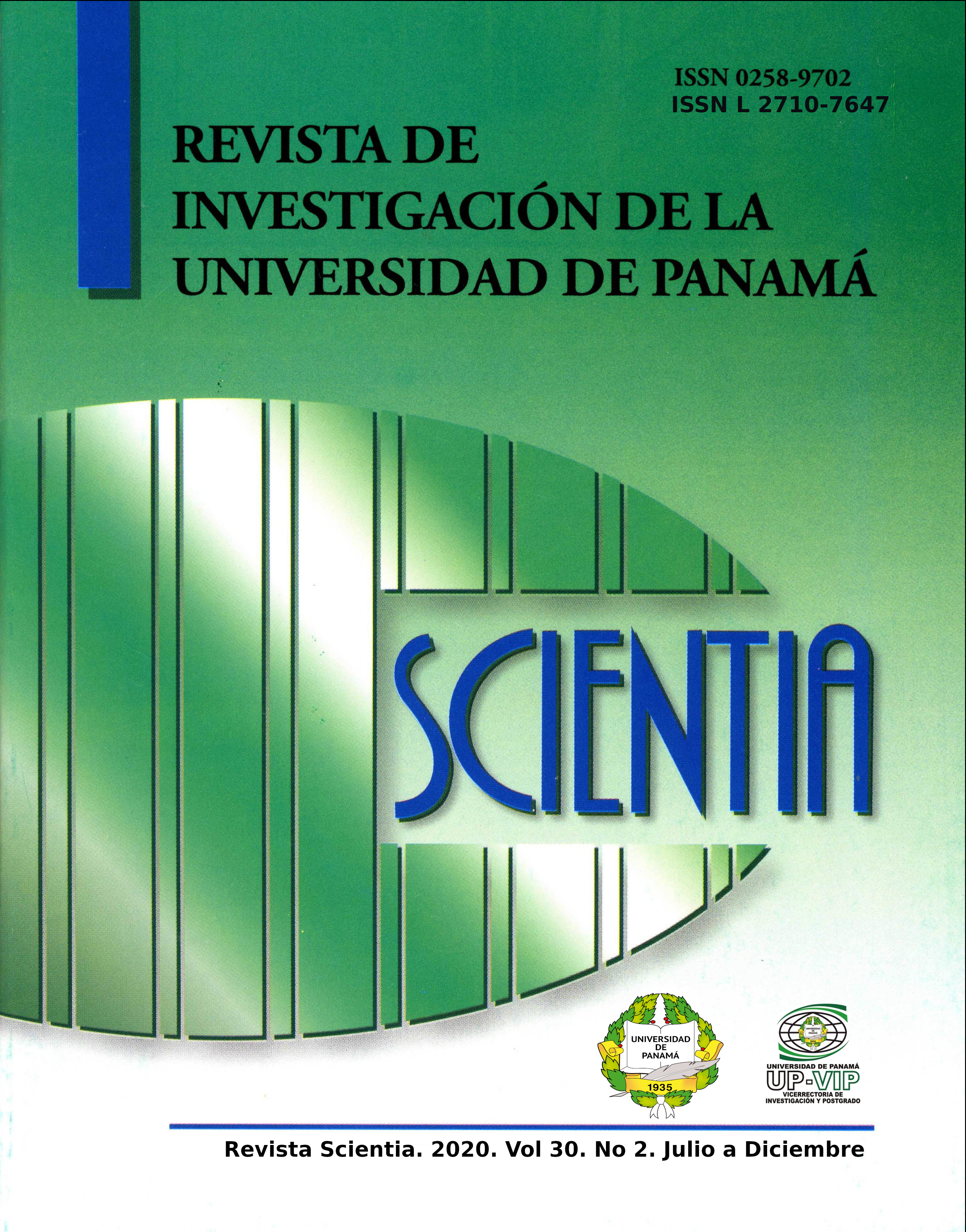

In this work, the plant species related to the cultural knowledge of two indigenous communities of the Emberá ethnic group of the Gatún River (San Juan de Pequení, La Bonga and Emberá Cimarrones) are registered. The subject was approached from the ethnobotanical perspective, highlighting the presence and role of accessible plants in the zones. In this sense, aspects of interest inherent to ethnobotany are highlighted, such as the scientific and vernacular nomenclature of the species, the uses, the forms of preparation, as well as the flow and persistence of information between generations of the inhabitants. Information was recorded for 81 plant species, all with known uses; the most named families were: Arecaceae, Anacardiaceae, Malvaceae and Rubiaceae. Through surveys and interviews (key people), 206 uses of the species were identified, distributed in 7 ethnobotanical categories, being medicinal (48) and edible (41) the most mentioned categories. The study shows that the Emberá are a group strongly linked to nature and their vital needs are supported by plant resources, a situation that allows them to be aware of the conservation and sustainable management of the forests that surround them.